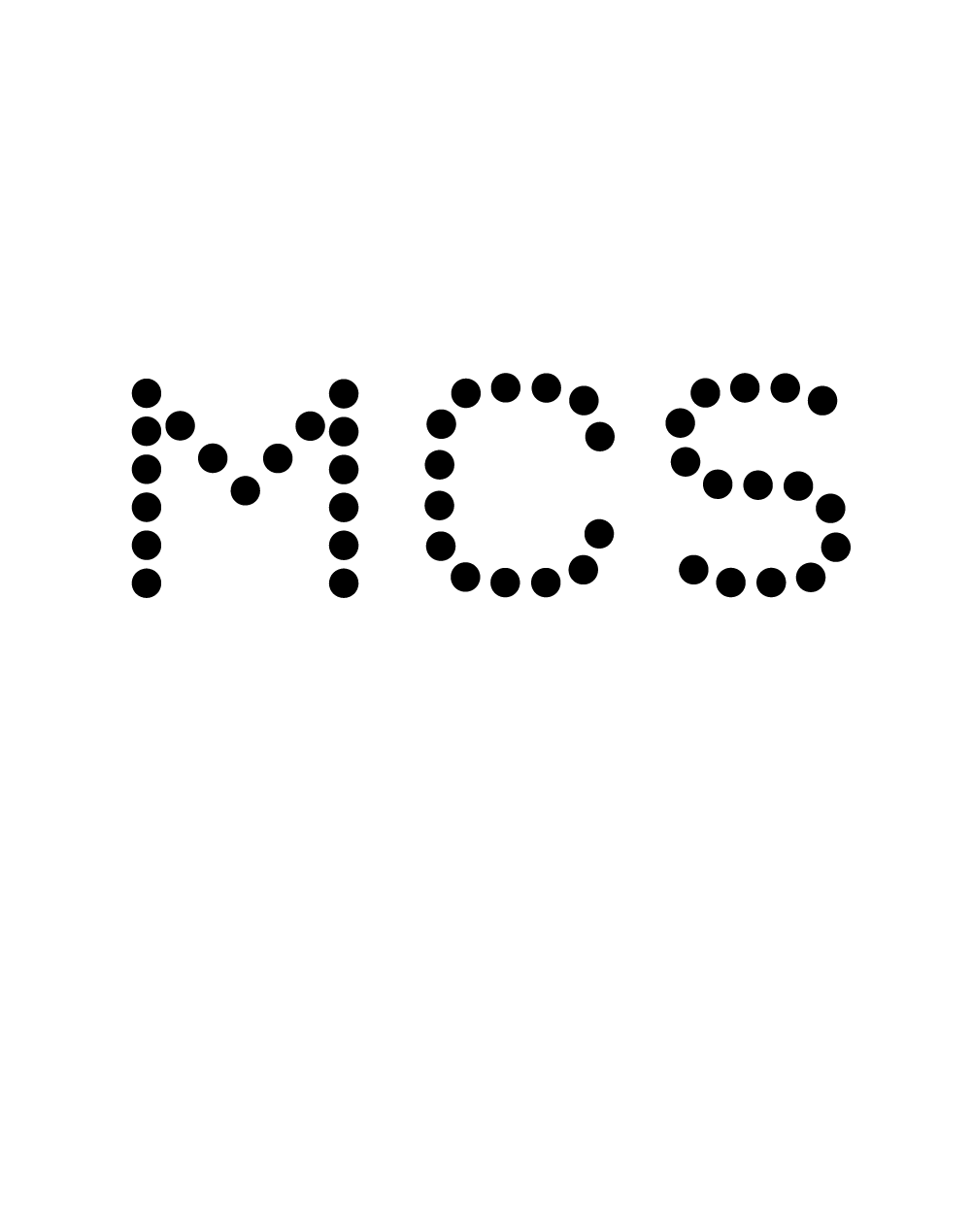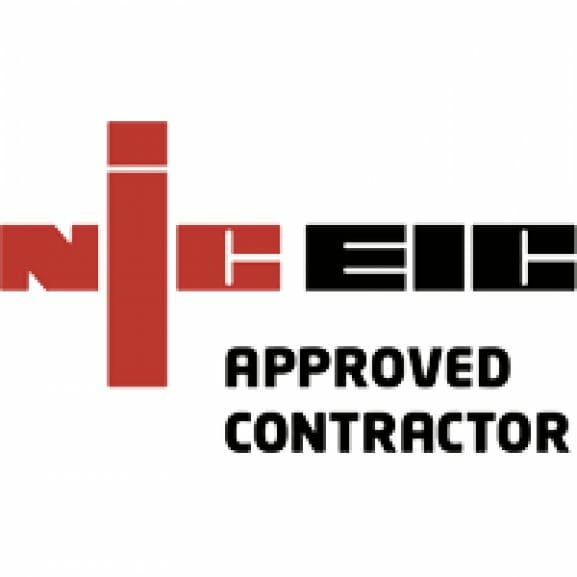Housebuilders have regional targets to meet on each new development, which specify how much energy site-wide should come from renewables.
So what are the best energy-saving options for housebuilders at the moment? Well, there are numerous materials and technologies developers can use to support energy targets; they could install more insulation and better windows, introduce solar thermal and heat pumps, fit solar tiles or even consider installing electric vehicle charging points, which some authorities are even specifying on plots right now.
But the problem with many of these solutions is that they are expensive to install and require constant maintenance throughout their lifetimes, which is an off-putting prospect to both developers and buyers.
Housebuilders seek technologies which are the most effective, represent the best value and which are aesthetically the most appealing, and the single most effective way to for them to achieve these objectives – as well as meeting energy targets – is solar PV.
The benefits are well documented; the price of solar PV as dropped by over 80 per cent in the last eight years and that initial lower cost comes down even further when multiple panels are installed across the same plot. And while solar roof tiles may be growing in popularity, they are currently twice the price of solar PV but offer only 90 per cent of the efficiency.
As well as being quick and unobtrusive to fit, solar panels don’t require any maintenance once they’ve been installed, and aesthetically, there have been significant developments. Gone are the days of the old blue panels jutting out eight inches above a roof; we now embed all-black integrated systems that sit directly in the roof and appear part of the house.
Solar PV is also quite a flexible technology which can be closely adapted to housebuilders’ needs. There are multiple options for colours, system types, flashings and fittings that can be matched to fit a particular house or development; this flexibility also enables us to find the most cost-efficient solution for each project.
Check out our next blog post for more!






